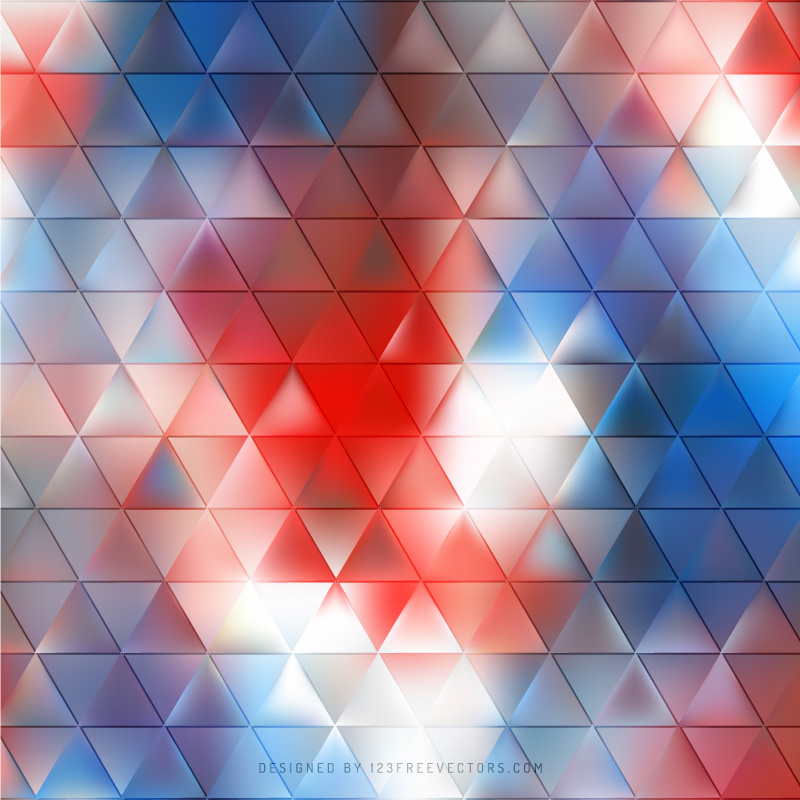
Gray: The experts suggest that people who drive gray cars don't want to stand out and instead prefer something more subtle.Įlliot AJ.Yellow: According to the experts, driving a yellow vehicle might mean you are a happy person in general and perhaps a bit more willing than the average person to take risks.Driving a blue car or SUV might indicate that you are dependable and trustworthy. Blue: People often describe blue as the color of stability and safety.Red: Red is a bold, attention-getting color, so preferring this type of car might mean you want to project an image of power, action, and confidence.High-tech products are often silver, so the color is often seen as new, modern, and cutting-edge. Silver: It's the third most popular vehicle color and is linked to a sense of innovation and modernity.People often describe the color as sexy, powerful, and mysterious. Black: Our readers often describe black as a "powerful" color, which might be the reason why black is the most popular color for luxury vehicles.The color is often used to evoke a sense of youth and modernity. White: As many of our readers have suggested, the color white can feel fresh and clean.And you don’t have to have a one-player-takes-it-all mentality. We don’t have to repeat what Silicon Valley does for our languages. We’re actually meeting every other week with other language technology startups, discussing how we can come together and solve this problem our own way. I absolutely belong to a tribe, or whatever we want to call it - a kind of pan-African AI movement. Do you have kinship with other developers and companies that are working on making products in low-resource languages? So it makes it even more urgent to create language-specific technologies. Most of the data that powers them is basically internet data, and there is not enough data online for these languages. Chatbots like ChatGPT are utterly broken or useless for these languages. If you ask ChatGPT in Tigrinya or Amharic the simplest and most frequently asked questions, it gives you gibberish, a mix of Tigrinya and Amharic, or even made-up words. How is your work relevant to the boom in conversational artificial intelligence tools, such as ChatGPT, in terms of building original training data sets for low-resource languages? If your native language is one of these African languages, if you have the technical know-how around machine learning, and you care about your community and the kind of problems they want to solve, that unique advantage and connection to the community can carry you further. So at Lesan, we don’t believe that you can create just one model that solves these problems.

If you put it on its face and compare it with smaller startups, like Lesan or Ghana NLP, the quality is actually low. Google and Facebook overhype that they have built one single giant model to solve machine translation for hundreds of languages. What can smaller shops like Lesan bring to the table?

As an automated translation service, you’re competing with the biggest and most advanced tech companies in the world. This interview has been edited for length and clarity.
#BLUE AND RED BACKGROUND OFFLINE#
The startup’s use of offline print resources to create a new benchmark data set for languages from the Horn of Africa has been key to its success. Founded in 2019, Lesan has launched translation tools for Amharic and Tigrinya, which it says outperform Google Translate in terms of quality.

Asmelash Teka Hadgu is the co-founder and chief technology officer of Lesan, a Berlin-based startup developing machine translation products for Ethiopian languages.


 0 kommentar(er)
0 kommentar(er)
